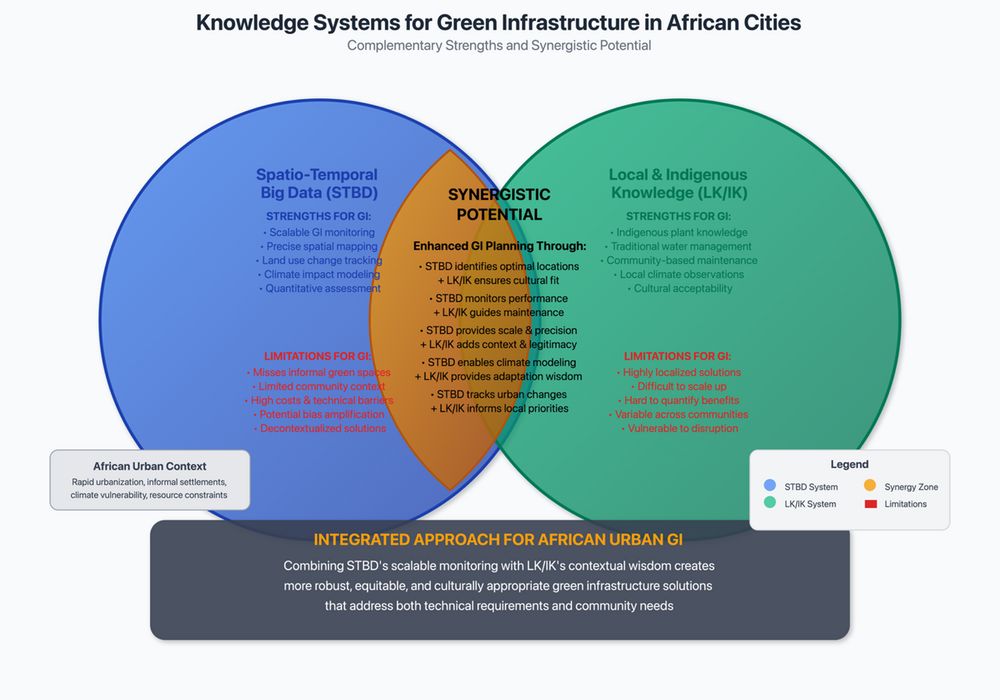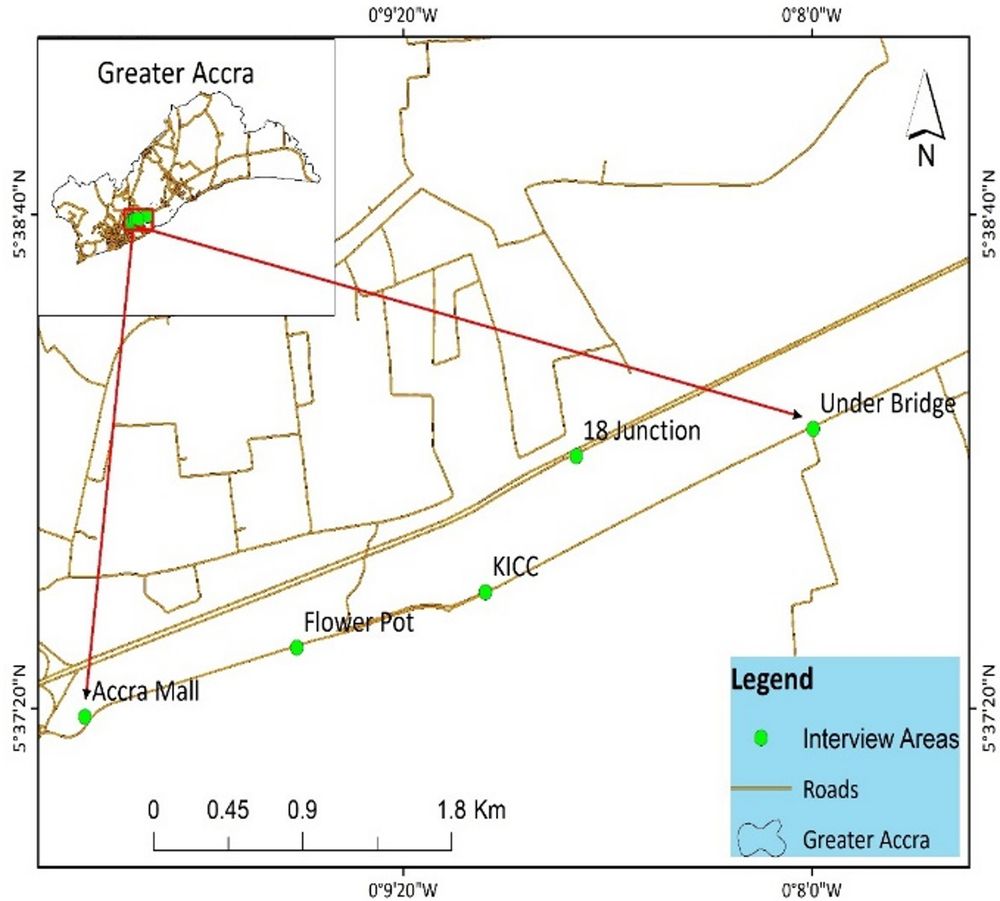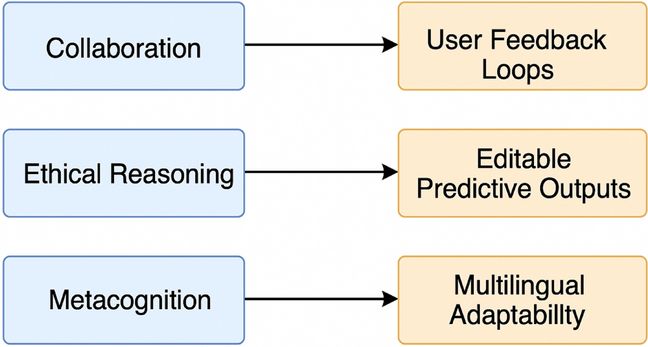Discover Journal Series
@discover.springernature.com
1.2K followers
220 following
450 posts
Springer Nature’s new series of fully #openaccess journals, covering hot topics from across all disciplines and focusing on speed, service and integrity.
Posts
Media
Videos
Starter Packs
Pinned


























